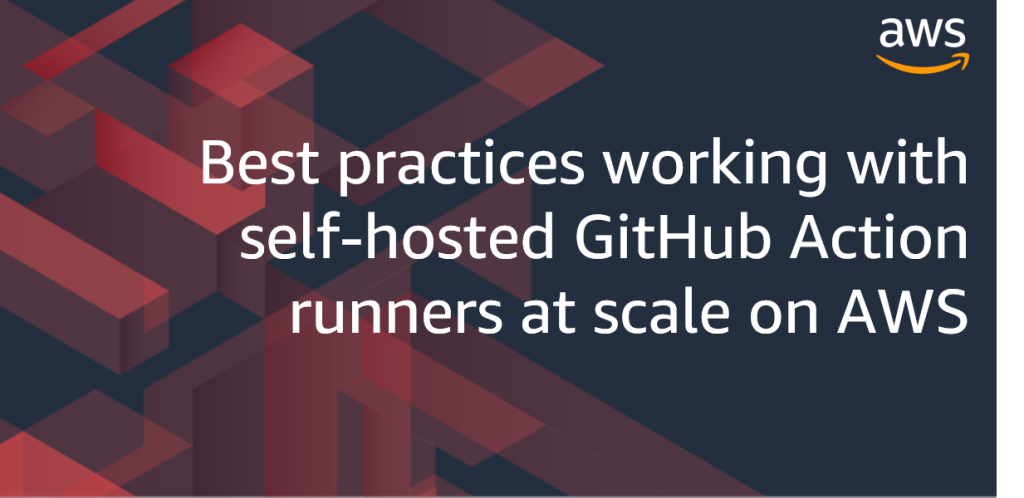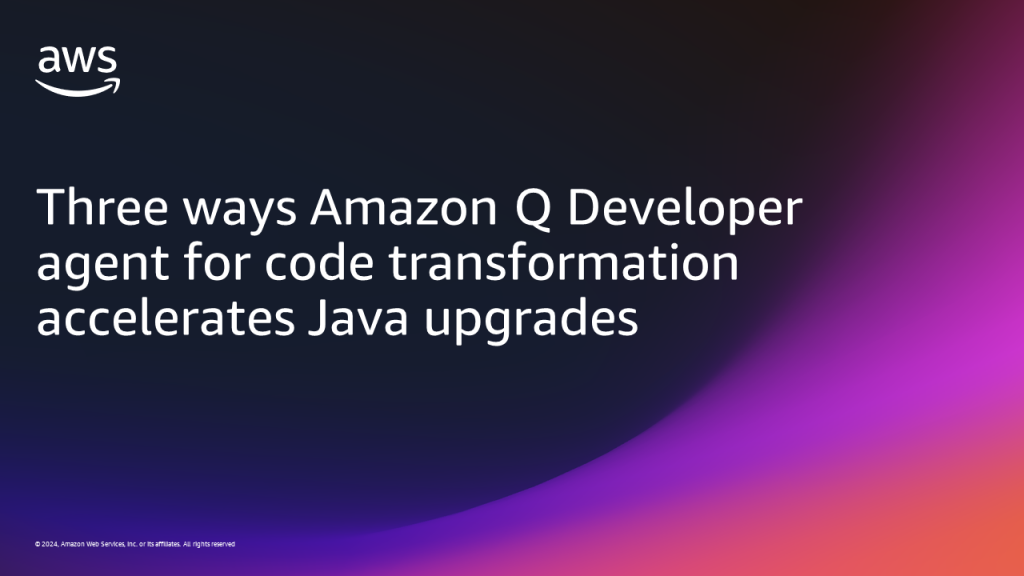AWS DevOps Blog
AWS announces workspace context awareness for Amazon Q Developer chat
Today, Amazon Web Services (AWS) announced the release of workspace context awareness in Amazon Q Developer chat. By including @workspace in your prompt, Amazon Q Developer will automatically ingest and index all code files, configurations, and project structure, giving the chat comprehensive context across your entire application within the integrated development environment (IDE). Throughout the […]
Chat about your AWS account resources with Amazon Q Developer
The traditional way customers had to interact with AWS account resources was through the AWS Management Console, SDKs, or command line interface (CLI) calls. However, these methods do not provide a quick way to gather information about AWS resources without writing scripts or navigating thought the AWS Management Console. The ability to use natural language […]
Refactoring to Serverless: From Application to Automation
Refactor serverless apps by swapping application code with cloud automation: reduce costs, decouple logic from architecture, and leverage managed services’ native capabilities.
Modernize your Java application with Amazon Q Developer
Many organizations have critical legacy Java applications that are increasingly difficult to maintain. Modernizing these applications is a necessary, daunting, and risky task that takes the focus off of creating new value or features. This includes undocumented code, outdated frameworks and libraries, security vulnerabilities, a lack of logging and error handling, and a lack of […]
Best practices working with self-hosted GitHub Action runners at scale on AWS
Note: Customers no longer need to manage their own GitHub runners, you can now use AWS CodeBuild for managed GitHub Actions self-hosted runners, which provides ephemeral and scalable runner environment with strong security boundaries and low start up latency. With AWS CodeBuild, you don’t need to maintain your own infrastructure or build scaling logic, as […]
Fault-isolated, zonal deployments with AWS CodeDeploy
In this blog post you’ll learn how to use a new feature in AWS CodeDeploy to deploy your application one Availability Zone (AZ) at a time to help increase the operational resilience or your services through improved fault isolation. Introducing change to a system can be a time of risk. Even the most advanced CI/CD […]
Five ways Amazon Q simplifies AWS CloudFormation development
Unlock the full potential of AWS CloudFormation development with Amazon Q. Generate templates, understand resources, explain code, troubleshoot issues, and query documentation seamlessly.
Blue/Green Deployments to Amazon ECS using AWS CloudFormation and AWS CodeDeploy
Introduction Many customers use Amazon Elastic Container Service (ECS) for running their mission critical container-based applications on AWS. These customers are looking for safe deployment of application and infrastructure changes with minimal downtime, leveraging AWS CodeDeploy and AWS CloudFormation. AWS CloudFormation natively supports performing Blue/Green deployments on ECS using a CodeDeploy Blue/Green hook, but this […]
AWS CloudFormation Linter (cfn-lint) v1
Introduction The CloudFormation Linter, cfn-lint, is a powerful tool designed to enhance the development process of AWS CloudFormation templates. It serves as a static analysis tool that checks CloudFormation templates for potential errors and best practices, ensuring that your infrastructure as code adheres to AWS best practices and standards. With its comprehensive rule set and […]
Three ways Amazon Q Developer agent for code transformation accelerates Java upgrades
When Amazon Web Services (AWS) launched Amazon Q Developer agent for code transformation as a preview last year to upgrade Java applications, we saw many organizations desire to significantly accelerate their Java upgrades. Previously, these upgrades were considered daunting, a time-consuming manual task requiring weeks if not months of effort and with Amazon Q Developer they […]








